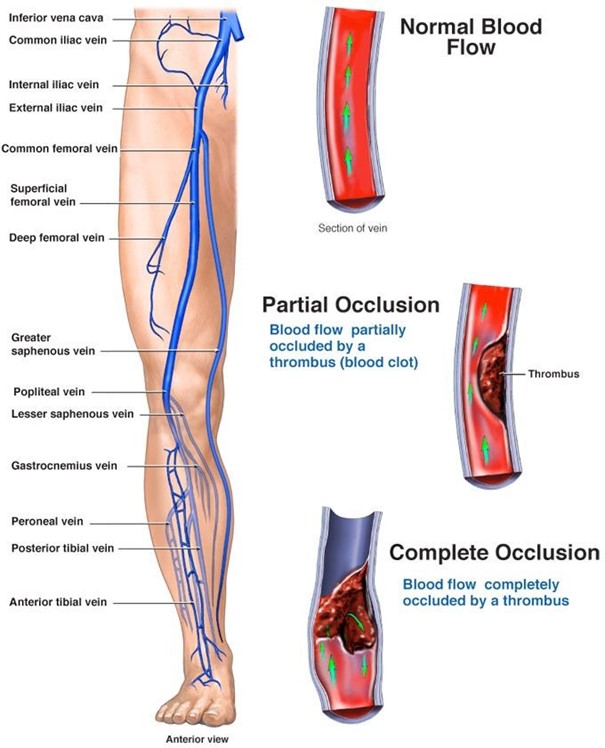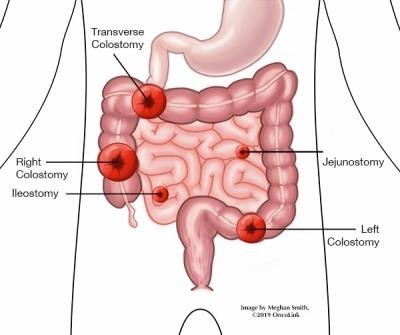A nurse is reviewing the guidelines for documenting client care. Which of the following actions should the nurse plan to take?
Avoid quoting client comments when documenting.
Document giving a dose of pain medication just prior to administration.
Limit documentation to subjective information.
Document information telephoned in by a nurse who left the unit for the day.
The Correct Answer is A
Quoting client comments verbatim in the documentation should be avoided. Instead, the nurse should summarize or paraphrase the relevant information provided by the client. This helps to maintain confidentiality and professionalism in the documentation process.
Documenting giving a dose of pain medication just prior to administration: Documentation should accurately reflect the timing and administration of medications. It is not appropriate to document giving a dose of medication just prior to administering it, as it would not provide an accurate account of the client's care. The medication administration should be documented after it has been given.
Limiting documentation to subjective information: Documentation should include both objective and subjective information. Objective information refers to measurable and observable data, while subjective information represents the client's thoughts, feelings, and experiences.
Including both types of information provides a comprehensive view of the client's condition and the care provided.
Documenting information telephoned in by a nurse who left the unit for the day: Documentation should only include information that has been directly observed or obtained by the nurse providing care. It is not appropriate to document information telephoned in by a nurse who is not present and available to verify or provide additional details. Each nurse should be responsible for documenting their own observations and actions.
Accurate and comprehensive documentation is crucial for maintaining continuity of care, ensuring effective communication among the healthcare team, and promoting the client's safety and well-being. Nurses should adhere to institutional policies and guidelines regarding documentation practices and prioritize accuracy, confidentiality, and professionalism in their documentation.
Nursing Test Bank
Naxlex Comprehensive Predictor Exams
Related Questions
Correct Answer is B
Explanation
Deep-vein thrombosis (DVT) is a condition where a blood clot forms in a deep vein, usually in the legs. Bed rest is often recommended for clients with DVT to reduce the risk of the clot dislodging and causing a pulmonary embolism. By minimizing movement and keeping the leg elevated, the nurse can help prevent further complications.
The other options listed are incorrect:
- Massage the affected extremity every 4 hours: Massaging the affected extremity can dislodge the clot, increasing the risk of a pulmonary embolism. It is contraindicated and should not be performed on clients with DVT.
- Apply an ice pack to the affected extremity for 20 minutes every 2 hours: While applying cold compresses or ice packs may be useful in some situations to reduce swelling or pain, it is not recommended for clients with DVT. Heat application or cold application should be avoided because they can promote blood circulation and potentially dislodge the clot.
- Administer aspirin for pain: Aspirin is not typically used for pain management in DVT. Anticoagulant therapy is the primary treatment for DVT, and specific anticoagulant medications are prescribed to prevent further clot formation and reduce the risk of complications.

Correct Answer is B
Explanation
I will notify my doctor if the stoma starts to look purple
The comment by the client indicating an understanding of the teaching is option B: "I will notify my doctor if the stoma starts to look purple."
I will irrigate the colostomy every day in (option A) is incorrect. Colostomy irrigation is not necessary for all clients with an ascending colostomy. It is important to individualize the teaching based on the client's specific needs and healthcare provider's instructions. Routine colostomy irrigation may not be required, and the client should follow the healthcare provider's guidance regarding colostomy care.
I will no longer be able to eat nuts in (option C) is incorrect. There are generally no dietary restrictions for clients with an ascending colostomy, unless otherwise advised by their healthcare provider. It is important to provide accurate information about dietary considerations, which may vary based on individual circumstances and healthcare provider recommendations.
I should expect my stool to be formed in (option D) is incorrect. With an ascending colostomy, the stool is typically liquid or semi-liquid as it comes from the ascending colon, which is higher in the gastrointestinal tract. The stool is not expected to be formed. It is important for the client to have appropriate expectations regarding stool consistency to manage their colostomy effectively.

Whether you are a student looking to ace your exams or a practicing nurse seeking to enhance your expertise , our nursing education contents will empower you with the confidence and competence to make a difference in the lives of patients and become a respected leader in the healthcare field.
Visit Naxlex, invest in your future and unlock endless possibilities with our unparalleled nursing education contents today
Report Wrong Answer on the Current Question
Do you disagree with the answer? If yes, what is your expected answer? Explain.
Kindly be descriptive with the issue you are facing.
